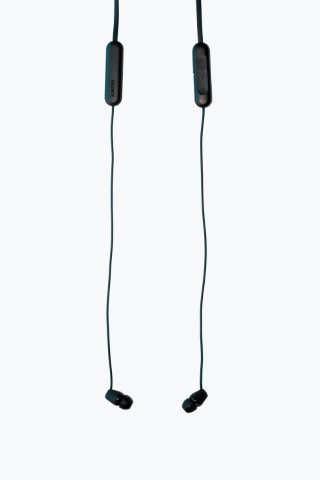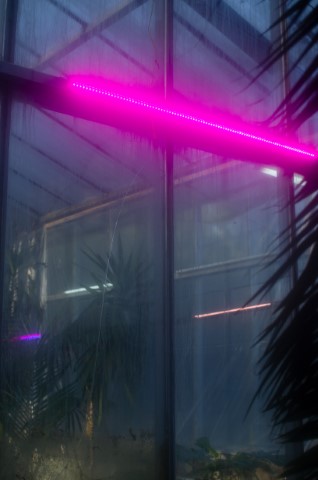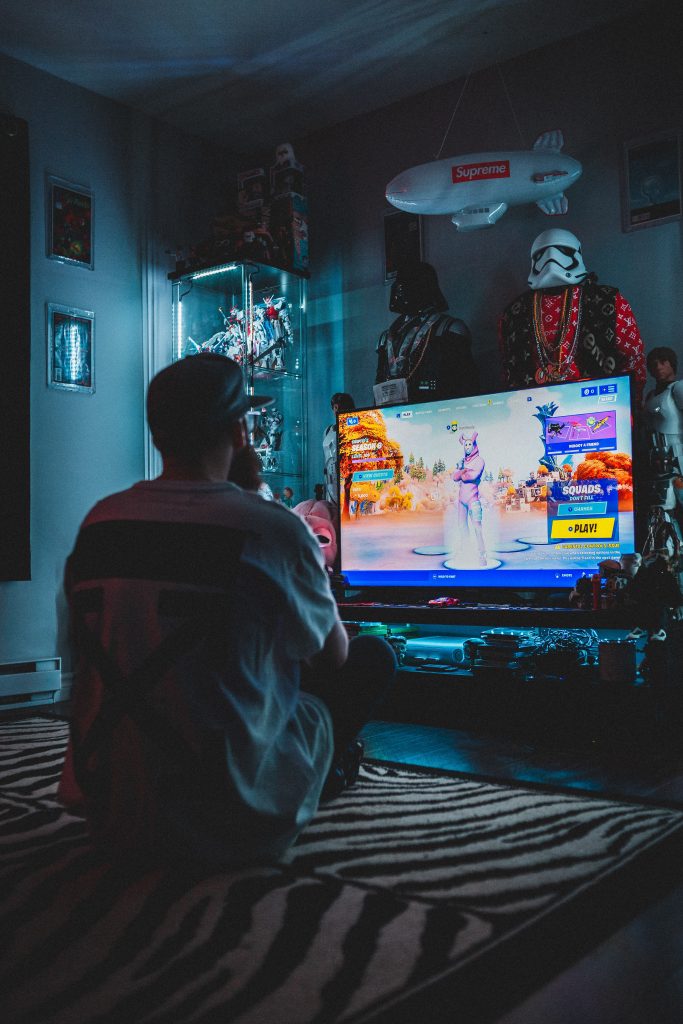Introduction to LED flashlights
LED flashlights have become popular for many applications due to their efficiency and versatility. But have you ever stopped to consider how they work? In this comprehensive guide, we’ll dive deep into the inner workings of LED flashlights to better understand what makes them tick.
Before we get into the technical details, let’s first define an LED. An LED, or light-emitting diode, is a type of semiconductor that converts electricity into light. It’s a small, energy-efficient device that has been around for decades, but it wasn’t until recently that LED technology became advanced enough to be used in flashlights.
The history of the flashlight dates back to the late 19th century when the first portable electric lamps were invented. These early flashlights used incandescent bulbs, which produce light by heating a filament until it glows. While these traditional bulbs are still in use today, they have largely been replaced by LED bulbs due to their numerous benefits.
One of the biggest advantages of LED flashlights is their energy efficiency. LED bulbs use significantly less power than incandescent bulbs, which means that LED flashlights can run for longer periods on a single set of batteries. LED bulbs are also much longer lasting than incandescent bulbs, with a lifespan of up to 50 times longer. In addition to these practical benefits, LED bulbs are also more durable and resistant to breakage, making them a more reliable choice for everyday use.
In this guide, we’ll explore the inner workings of LED flashlights and how they differ from traditional incandescent flashlights. We’ll look at the components that make up an LED flashlight, how the LED produces light, and the various available modes and features. We’ll also discuss how to maintain and care for your LED flashlight to ensure it performs at its best for as long as possible. Whether you’re a flashlight enthusiast or just want to learn more about this useful tool, this guide has something for everyone.
How LEDs Work
Now that we have a basic understanding of what an LED is and how it’s used in flashlights let’s delve a little deeper into the inner workings of an LED. Understanding how an LED produces light will give us a better understanding of how LED flashlights work and why they are so efficient.
The structure of an LED is fairly simple. It consists of semiconductor material, usually made of a substance like silicon, and two electrodes called the anode and cathode. When electricity is applied to the LED, electrons flow from the cathode to the anode, creating a current. As the electrons flow through the semiconductor material, they encounter impurities called “dopants,” which cause them to release energy in the form of photons or light.
The color of the light produced by an LED depends on the energy of the photons, which is determined by the energy gap between the valence band and the conduction band in the semiconductor material. Different semiconductor materials have different energy gaps, allowing for the production of different light colors. For example, an LED made of semiconductor material with a narrow energy gap will produce red or yellow light. In contrast, an LED made of semiconductor material with a wider energy gap will produce blue or white light.
So how does this process of light production relate to an LED flashlight? In an LED flashlight, the LED is connected to a circuit with a power source, usually a battery. When the flashlight is turned on, electricity flows from the battery through the LED, causing it to emit light. The brightness of the light produced by the LED depends on the amount of current flowing through it. A higher current will produce a brighter light, while a lower current will produce a dimmer light. This is why some LED flashlights have multiple modes, allowing users to adjust the brightness to their preference.
In addition to the current, the forward voltage of the LED also plays a role in its operation. The forward voltage is required to drive the LED and is determined by the semiconductor material. If the forward voltage of the LED is too low, it will not produce enough light. If it is too high, it may be damaged or even destroyed. The circuitry in an LED flashlight is designed to provide the appropriate forward voltage to the LED, ensuring that it operates correctly and efficiently.
Understanding the basic principles of how an LED produces light and the role of current and voltage in its operation is key to understanding how LED flashlights work. In the next section, we’ll look closely at the other components that make up an LED flashlight and how they work together to produce a useful light source.
The Components of an LED Flashlight

Now that we have a better understanding of how an LED produces light let’s take a look at the other components that make up an LED flashlight and how they work together to produce a useful light source.
The first component we’ll discuss is the battery, which is the power source for the flashlight. Several types of batteries can be used in LED flashlights, including alkaline, lithium, and rechargeable batteries. Each type has its own advantages and disadvantages, and the choice of battery will depend on the intended use of the flashlight.
For example, alkaline batteries are a common choice for LED flashlights due to their relatively low cost and widespread availability. They are also suitable for use in a wide range of temperatures and can deliver a relatively high current. However, they do not have a particularly long lifespan and may need to be replaced frequently.
Lithium batteries, on the other hand, are more expensive than alkaline batteries, but they have a much longer lifespan and can deliver a higher current. They are also more resistant to temperature extremes and are suitable for use in extreme environments. However, they may not be as widely available as alkaline batteries.
Rechargeable batteries are another option for LED flashlights. These batteries can be recharged using a dedicated charger or plugged into a wall outlet or USB port. Rechargeable batteries are more expensive upfront, but they can save money in the long run by eliminating the need to constantly purchase new batteries. They also have a longer lifespan than disposable batteries and are more environmentally friendly.
In addition to the battery, an LED flashlight also contains circuitry that connects the battery to the LED. The circuitry is responsible for regulating the flow of electricity from the battery to the LED, ensuring that the LED operates at the correct current and voltage. It also protects the LED, preventing it from being damaged by electrical surges or other problems.
Another important component of an LED flashlight is the reflector, which is located behind the LED. The reflector is responsible for directing and focusing the LED’s light beam, directing it in a specific direction or producing a concentrated beam of light. Reflectors can be made of various materials, such as metal or plastic, and come in different shapes and sizes to suit different applications.
Finally, the lens of an LED flashlight is a clear or translucent cover that protects the LED and helps to shape the light beam. The lens may be made of glass or plastic and can be flat or curved, depending on the intended use of the flashlight. Some LED flashlights also have built-in filters or colored lenses to produce different effects or to filter out specific wavelengths of light.
Together, these components work in concert to produce a functional and efficient LED flashlight. In the next section, we’ll look at the various modes and features that are available on LED flashlights and how they can be used to customize the light output to suit different needs.
LED Flashlight Modes and Features
In addition to the basic components that make up an LED flashlight, many models also offer various modes and features that allow the user to customize the light output to suit their needs. These modes and features can include different brightness levels, strobe functions, and built-in zoom functions, among others.
One common feature found on many LED flashlights is the ability to adjust the brightness level. This is typically achieved by pressing a button or turning a dial to switch between different modes, such as high, medium, and low. Some flashlights may also have additional modes, such as a very low or very high setting, to suit specific needs. The ability to adjust the brightness level is useful in a variety of situations, such as when you need a brighter light for tasks that require more illumination or a dimmer light to preserve your night vision.
Another feature that is often found on LED flashlights is a strobe function, which produces a rapid flashing light that can be used as a signaling device or to disorient an attacker. The strobe function is typically activated by pressing a button or turning a dial to switch between different modes.
Some LED flashlights also have a built-in zoom function, which allows the user to adjust the focus of the light beam by moving a slider or turning a ring on the flashlight. This can be useful for illuminating a specific area or for producing a wider or more concentrated beam of light, depending on the situation.
In addition to these basic modes and features, some LED flashlights may also have additional specialized functions, such as a red light mode or an SOS signaling mode. These specialized functions can be useful in specific situations, such as when you need to preserve your night vision or signal for help in an emergency.
Overall, the various modes and features available on LED flashlights allow users to customize the light output to suit their specific needs, making them versatile and convenient tools for a wide range of applications. In the next section, we’ll discuss how to maintain and care for your LED flashlight to ensure that it performs at its best for as long as possible.
Maintenance and Care of LED Flashlights
LED flashlights are reliable and durable tools, but like any piece of equipment, they require some basic maintenance and care to ensure that they perform at their best for as long as possible. Here are a few tips for maintaining and caring for your LED flashlight:
- Keep it clean: Over time, dirt and grime can accumulate on the exterior of your flashlight, affecting its performance. To keep your flashlight clean, wipe it down with a soft, dry cloth or use a mild detergent if necessary. Be sure to avoid getting water inside the flashlight, as this can damage the electronics.
- Check the batteries: The batteries in your flashlight are the power source, so it’s important to ensure that they are in good condition. If your flashlight isn’t producing as much light as it used to or if it seems to be running out of power more quickly than usual, it may be time to replace the batteries.
- Test the flashlight regularly: It’s a good idea to test your flashlight on a regular basis to ensure that it is still functioning properly. If you notice any problems, such as dim light output or flickering, it may be time to have the flashlight serviced or repaired.
- Protect the flashlight from damage: To protect your flashlight from damage, be sure to store it in a dry, cool place when not in use. If you need to carry your flashlight with you, consider using a carrying case or holster to protect it from scratches and other types of damage.
By following these basic maintenance and care tips, you can help ensure that your LED flashlight continues to perform at its best for as long as possible.
Conclusion: The Versatility and Efficiency of LED Flashlights
LED flashlights are a versatile and efficient tool that is suitable for a wide range of applications. In this guide, we’ve explored the inner workings of LED flashlights, including how an LED produces light and the various components that make up a flashlight. We’ve also looked at the various modes and features that are available on LED flashlights and how to maintain and care for your flashlight to ensure that it performs at its best for as long as possible. Whether you’re a flashlight enthusiast or just want to learn more about this useful tool, this guide has something for everyone.
FAQs about LED flashlights
An LED flashlight is a flashlight that uses an LED, or light-emitting diode, as the light source. LED flashlights are known for their energy efficiency, long lifespan, and durability, making them a popular choice for a wide range of applications.
An LED flashlight works by using an LED, which is a semiconductor device that converts electricity into light. When electricity is applied to the LED, electrons flow through the semiconductor material, releasing energy in the form of photons or light. The LED is connected to a circuit with a power source, usually a battery, and is protected by a reflector and lens. The brightness of the light produced by the LED can be adjusted by controlling the current flowing through it, and some LED flashlights also have multiple modes and features that allow the user to customize the light output to suit their needs.
There are several benefits to using an LED flashlight, including the following:
Energy efficiency: LED bulbs use significantly less power than traditional incandescent bulbs, which means that LED flashlights are able to run for longer periods of time on a single set of batteries.
Long lifespan: LED bulbs have a lifespan that is up to 50 times longer than traditional incandescent bulbs, which means that they need to be replaced less frequently.
Durability: LED bulbs are more resistant to breakage and other types of damage, making them a more reliable choice for everyday use.
Versatility: LED flashlights are available in a wide range of sizes, styles, and colors, making them suitable for a variety of applications.
Keep it clean: Wipe down the exterior of the flashlight with a soft, dry cloth or use a mild detergent if necessary. Avoid getting water inside the flashlight.
Check the batteries: Replace the batteries if the flashlight isn’t producing as much light as it used to or if it seems to be running out of power more quickly than usual.
Test the flashlight regularly: Test the flashlight on a regular basis to ensure that it is functioning properly. If you notice any problems, such as dim light output or flickering, it may be time to have the flashlight serviced or repaired.
Protect the flashlight from damage: Store the flashlight in a dry, cool place when not in use, and consider using a carrying case or holster to protect it from scratches and other types of damage.
It’s important to use the type of battery specified by the manufacturer of your LED flashlight. Using the wrong type of battery can cause problems, such as reduced light output or damage to the flashlight. If you are unsure which type of battery to use, consult the manufacturer’s recommendations or the manual that came with the flashlight.












